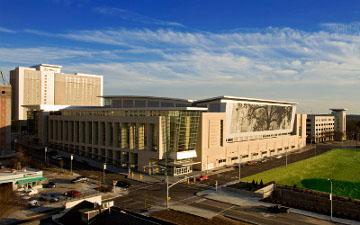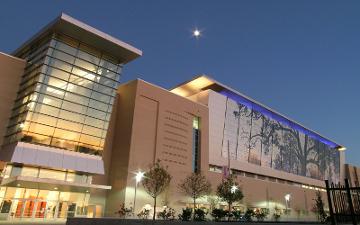
Multiscale Modeling and Simulations of Materials Phenomena
Siddiq Qidwai, Surya Kalidindi, Shailendra Joshi
The advent of superior synthesis techniques coupled with ever increasing sophistication of computational prowess has enabled concerted ffort toward design and development of materials with impressive functional characteristics through microstructural engineering. Examples include, but are not limited to, materials used in structural, biological, thermal, electrical, optical and electronic applications. In many of these applications, the unit processes governing their functionalities couple into the mechanics over a range of length-scales. This aspect is complicated by the fact that variability exists naturally in all materials, due to presence of a variety of defect structures. Consequently, it is imperative to identify material processing-microstructure-property linkages (correlations) with the help of computational methods at multiple length- and time-scales, together with corresponding experimental techniques. While the efforts to develop an integrated discipline is in its infancy, there are strong independent efforts in using or developing sophisticated modeling and experimental techniques across multiple resolutions ranging from atomistic to continuum to understand and explain the physical phenomena. This minisymposium is dedicated to multiscale modeling and simulation of materials phenomena. Some of the topics of interest are:
• Materials:
– Metals, non-metals (ceramics/ biological) – Crystalline, amorphous
– Composites
• Phenomena:
- – Yield, damage evolution, failure, coupled-field problems (e.g. thermo-hygro-mechanical, electro-mechanical)
- – Size-effects
• Microstructural sensitivity
- – Role of microstructural discreteness
- – Response variability due to microstructural uncertainty modeling of actual and simulated microstructures
• Computational aspects:
- – Molecular dynamics, discrete defect dynamics, classical and enriched continuum approaches, hybrid methods.
- – Spectral/reduced-order methods for determining the microstructural response closures.
- – Algorithms/techniques to generate accurate meshes from large-scale microstructural re- constructs
- – Image-processing algorithms (2D/3D), interface identification techniques (grains, pores, inhomogeneities)
The minisymposium particularly welcomes contributions that integrate experimental and computational approaches in materials phenomena.










